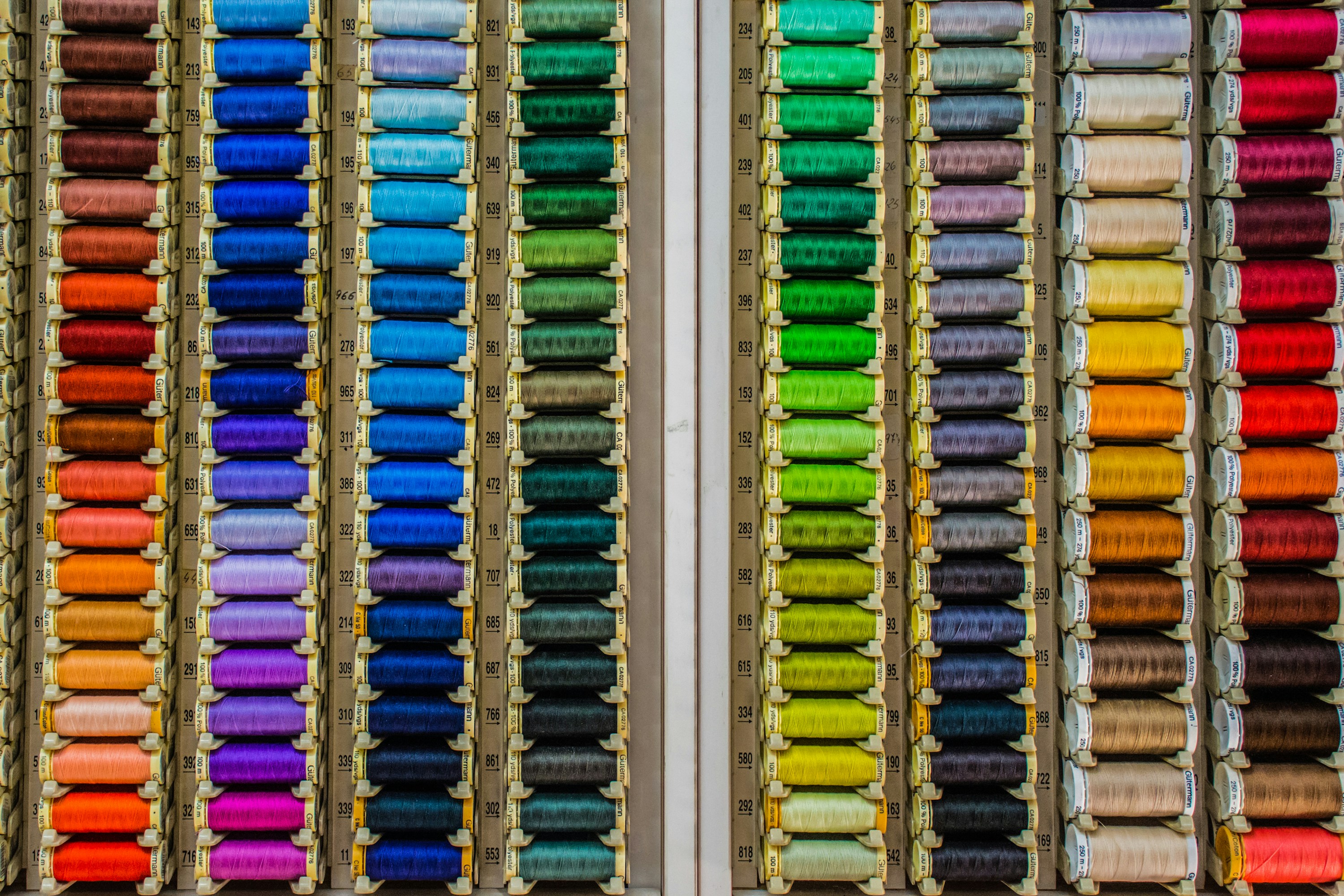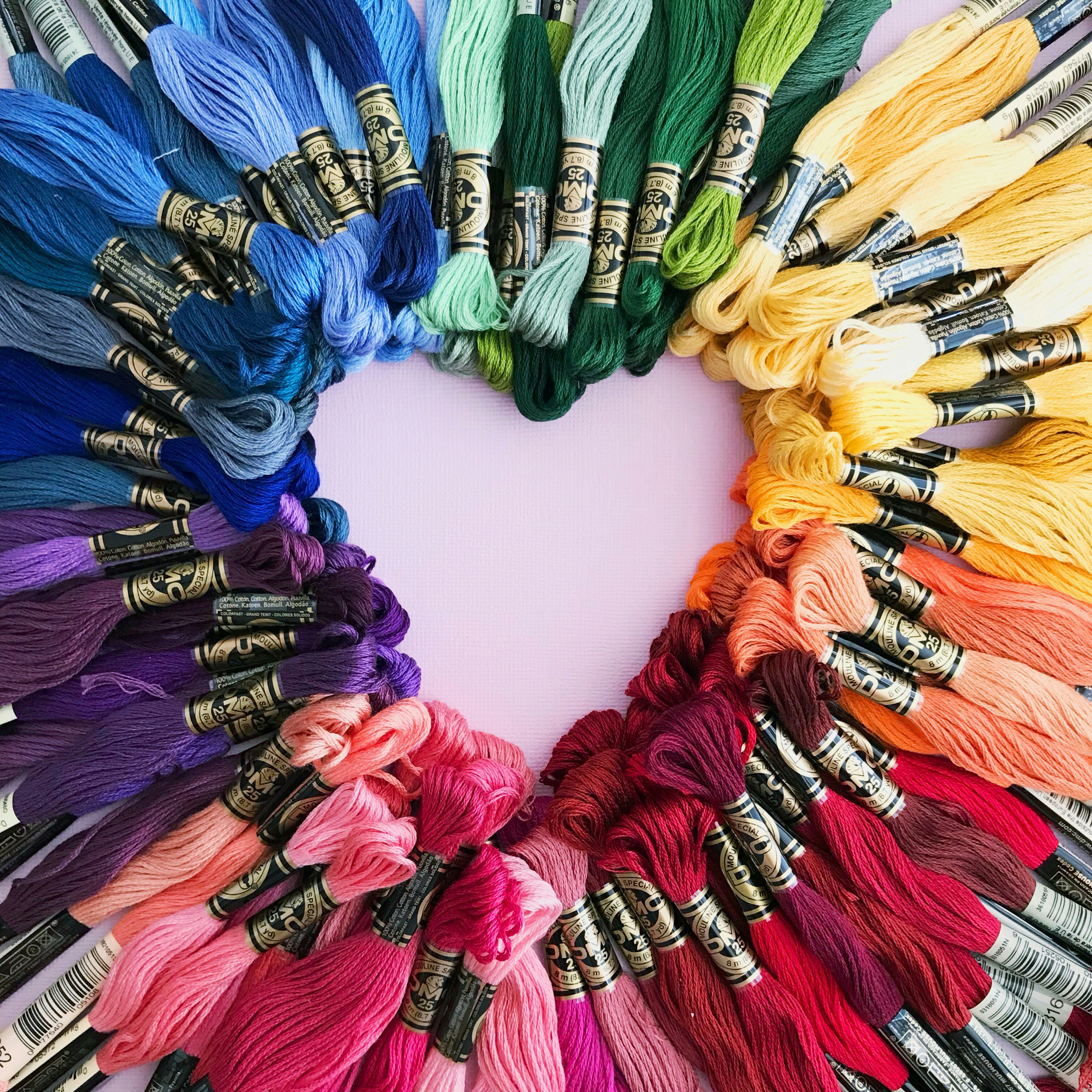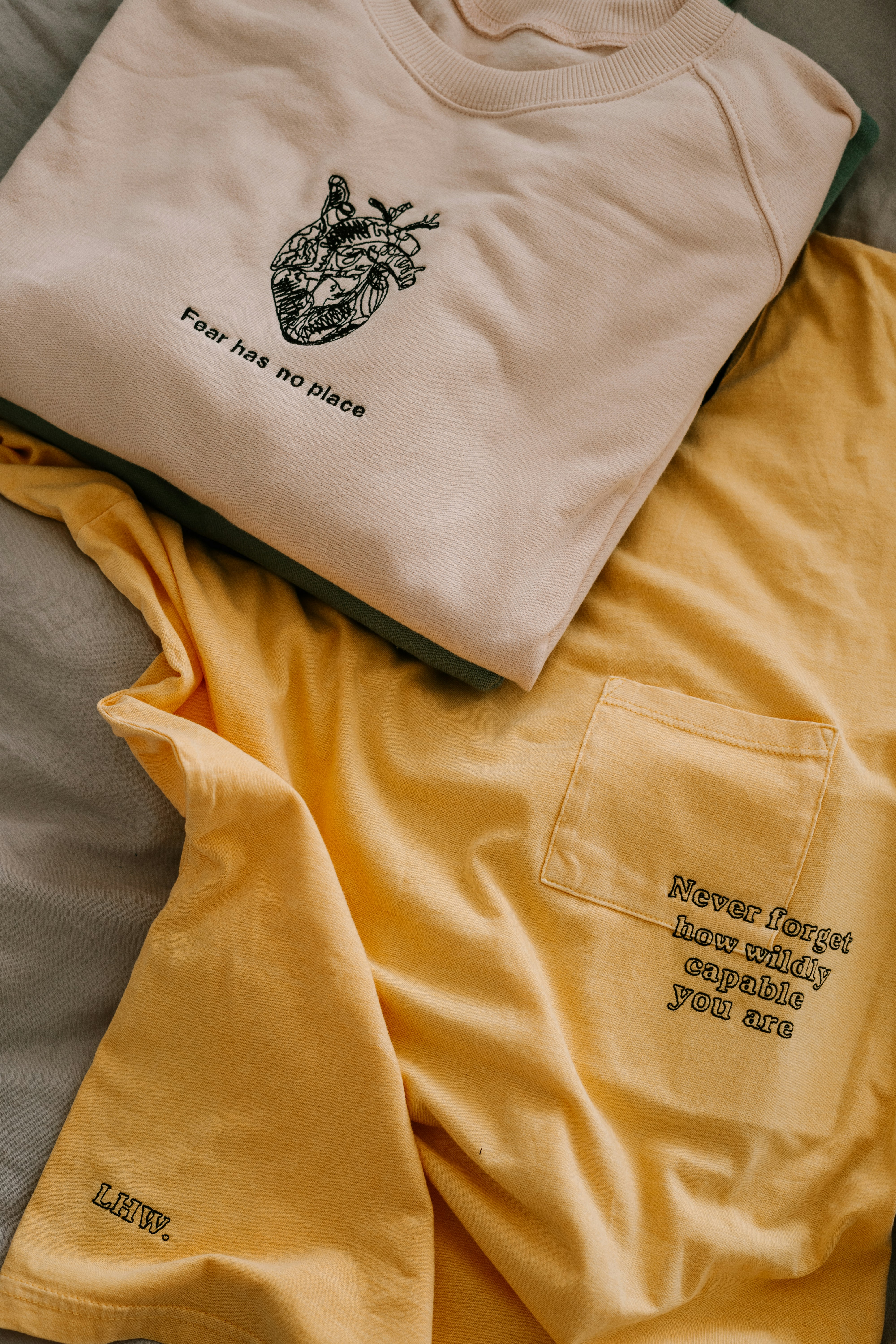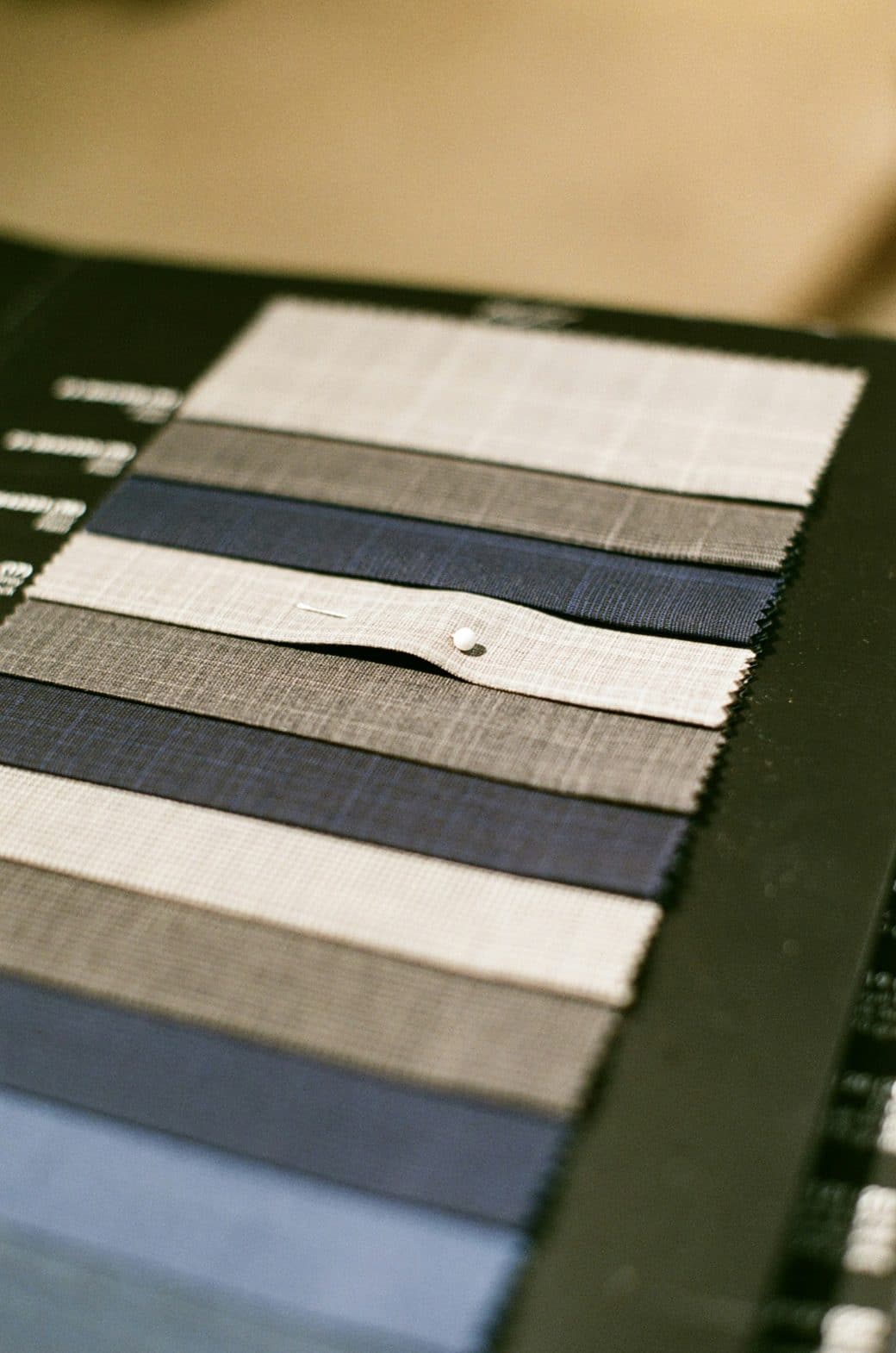So, you’re curious about the art of embroidery, huh? Well, you’ve stumbled upon the perfect resource. My piece, “Embroidery Hoops Unveiled: A Comprehensive Guide To Techniques And Tools,” is a treasure trove for everyone, from beginners to those with nimble fingers born from years of stitching. I’m taking you on a journey through the ins and outs of embroidery hoops, those essential tools that keep your fabric taut and your stitches neat. From selecting the perfect hoop to mastering various techniques that will elevate your embroidery game, I’ve covered everything to ensure your next project is not just easier but significantly more enjoyable. Trust me, with the right hoop in hand, and a bit of guidance, you’re about to see your embroidery in a whole new light.

Understanding Embroidery Hoops
Embroidery hoops, let me tell you, are foundational tools in the art of embroidery. They are not just simple circles meant to frame your finished piece; they’re instrumental in the process from start to finish.
Definition and Purpose
An embroidery hoop is made up of two circles that fit together snugly, with fabric sandwiched between them. The primary purpose? To keep the fabric taut while you work your magic with a needle and thread. This tension is crucial for achieving even stitches and avoiding puckering in your artwork.
Varieties and Sizes
Embroidery hoops come in a plethora of sizes and shapes, from tiny ones you can hold in your palm to large hoops that you might need to rest on a table or in your lap. They also vary in shape; while most are circular, you’ll come across oval ones or even square frames with rounded edges.
Materials and Durability
These hoops are most commonly crafted from wood, plastic, or metal, each material offering its own benefits. Wooden hoops add a classic touch and are widely preferred for their grip and durability. Plastic hoops are lightweight and come in vibrant colors, while metal hoops, though less common, offer unmatched sturdiness.
Selecting your First Hoop
For beginners, I’d recommend starting with a medium-sized wooden hoop. It’s versatile and comfortable to hold, providing a great starting point to explore this craft without overwhelming you with too many choices.
Popular Types of Embroidery Hoops
Embroidery hoops aren’t a one-size-fits-all affair. Depending on your project, you might find one type more beneficial than others.
Wooden Hoops
Wooden hoops are a classic choice. They offer a firm grip and have a timeless appeal, especially if you’re aiming for a vintage look. The natural texture of wood also helps to keep the fabric in place.
Plastic Hoops
Plastic hoops are your go-to for durability and color variety. They’re less likely to leave a crease on your fabric and are easy to clean. Plus, their lightweight nature makes them perfect for on-the-go projects.
Metal Hoops
Metal hoops are the heavy-duty option. They provide exceptional tension, which is ideal for fabric that’s a bit more stubborn. However, they can be a bit more challenging to adjust than their wooden or plastic counterparts.
Spring tension Hoops
A bit of a game-changer, spring tension hoops use internal springs to maintain fabric tension. They’re especially helpful for thick or layered fabrics, though they can take some getting used to.
Comparing Different Types
When you’re comparing hoops, it really boils down to the project at hand and personal preference. I find wooden hoops best for most projects, but plastic hoops come in handy for those vibrant pieces. Metal hoops? I reserve those for the challenging fabrics that need a little extra discipline.

How to Use Embroidery Hoops
Using an embroidery hoop isn’t just about slapping your fabric in and starting to stitch. There’s a bit more nuance to it.
Installing The Fabric
First off, loosen the screw at the top of the hoop, separate the inner and outer rings, and place your fabric over the inner ring. Then, gently press the outer ring over the fabric and inner ring. The goal is to sandwich the fabric snugly between the two rings.
Adjusting The Tension
After the fabric is in, you’ll likely need to pull and stretch it gently to ensure it’s even and tight, like a drum. Then, tighten the screw at the top. Be careful not to over-tighten and warp the fabric.
Handling The Hoop
While stitching, hold the hoop in a way that feels comfortable to you. Some like to keep it in their lap, others hold it in hand. There’s no wrong way, as long as your fabric remains taut and you can easily reach all areas of your design.
Storing and Maintaining Your Hoop
After completing your masterpiece, it’s crucial to properly store your hoop. For wooden hoops, I suggest a dry spot to avoid warping. Plastic and metal hoops are a bit more forgiving, but all types should be stored away from direct sunlight to prevent damage.
Advanced Hoop Embroidery Techniques
As you get comfortable with basic stitching within the hoop, you might want to explore more complex techniques to elevate your work.
Layering and Mixing Colors
Layering different colors and shades can add depth to your design. It’s like painting with threads, blending colors seamlessly for a vibrant finish.
Creating Texture
Adding texture involves varying your stitches, mixing flat stitches with knotted or looped ones. This gives your piece a tactile quality that’s visually intriguing.
Manipulating Stitches and Spaces
Playing with the spacing and size of your stitches can create dynamic visuals. Think about the difference between tightly packed stitches for density versus spaced-out stitches for a more airy feel.
Building 3D Structures
You can even venture into three-dimensional embroidery by layering fabric and stitches. This technique demands patience but results in stunning, sculptural art pieces that defy the flatness typically associated with embroidery.

Special tools for Hoop Embroidery
Beyond the hoop, needle, and thread, there are several tools that can elevate your embroidery experience.
Needles and Threads
Variety is key here. Different sizes and types of needles, along with a rainbow of thread types and weights, can dramatically expand your creative potential.
Scissors and Cutting Tools
A sharp pair of scissors is non-negotiable. You might also consider a pair of snips for quick thread cuts and a seam ripper for those inevitable mistakes.
Marking Tools
Marking your fabric before you start stitching can be a game-changer. Whether it’s a water-soluble pen or a simple chalk pencil, proper marking tools ensure your design transfers accurately onto your fabric.
Lighting and Magnifying Tools
Good lighting prevents straining your eyes, and a magnifying tool can be a godsend for detailed work. It’s about making the experience as comfortable and enjoyable as possible.
Embroidery Stitches for Hoop Art
Embroidery stitches are the building blocks of your artwork. Understanding different stitches and when to use them can greatly influence the outcome of your project.
Basic Stitches
Starting with basic stitches like the running stitch, backstitch, and split stitch sets a solid foundation. These stitches are versatile and used in nearly every embroidery project.
Decorative Stitches
Decorative stitches, such as the French knot, lazy daisy, and feather stitch, add embellishments and detailed touches to your work, making it pop.
Filling Stitches
Filling stitches cover larger areas. Satin stitch, long and short stitch, and fishbone stitch are perfect for adding color and depth.
Edge Stitches
Finishing the edges of your fabric or design elements can be done beautifully with stitches like the blanket stitch or overcast stitch. They add a neat, complete look.
Combining Different Stitches
The real magic happens when you start combining these stitches in your projects. Layering and mixing stitches not only adds dimension but also allows for creative expression that’s unique to you.

Troubleshooting Common Hoop Embroidery Problems
Every craft has its hiccups, and embroidery is no exception. Here’s how to tackle some common problems.
Fabric Slipping
If your fabric constantly slips from the hoop, double-check the tension. It might also be worth wrapping the inner hoop with fabric tape for extra grip.
Uneven Tension
Uneven tension can cause all sorts of issues. Ensure your fabric is evenly stretched from the beginning, and don’t be afraid to readjust as you go.
Thread Knotting
Knotting is often a result of the thread being too long. Try working with shorter lengths, and use a thread conditioner to help prevent tangles.
Stitch Inconsistency
Inconsistent stitches usually come down to practice. The more you stitch, the more uniform your work will become. Also, ensure your fabric tension is consistent.
Fixing Mistakes
Mistakes are part of the learning curve. A seam ripper or a small pair of scissors can help undo stitches. Remember, patience and practice go a long way in mastering this craft.
Creating Designs for Hoop Embroidery
Designing for embroidery allows for personal expression and creativity to shine through your work.
Designing from Scratch
Creating your own designs can be incredibly rewarding. Start simple, sketching out ideas on paper, and then translate those sketches to your fabric with marking tools.
Using Pre-Made Designs
Pre-made designs are a great starting point for beginners or those looking to practice new stitches. They can also serve as inspiration for your unique creations.
Transferring Designs
There are several methods for transferring designs, from tracing with a lightbox or window to using transfer papers or pens. Experiment to find what works best for you.
Scaling and Sizing Designs
When scaling designs, consider the size of your hoop and the resolution of details in the pattern. Larger designs require bigger hoops, while intricate designs demand attention to detail and possibly a magnifying tool.
Working with Different Fabrics
Choosing the right fabric can make or break your project. It’s about understanding the weight, texture, and weave of your fabric choices.
Choosing the Right Fabric
Begin with even-weave fabrics like cotton or linen, which are easier to stitch on. Once comfortable, you can experiment with different textures and weights.
Pre-Treating and Prepping Fabrics
Pre-treating your fabric by washing and ironing it can prevent issues down the line, like dye bleeding or unexpected shrinking after your project is complete.
Stitching on Delicate Fabrics
When working with delicate fabrics, consider using a stabilizer and adjusting your tension to be gentler. It requires a bit more care but can yield beautiful results.
Mixing Fabrics in One Project
Mixing fabrics can add intriguing contrast and texture to your work. Just be mindful of how each fabric behaves, especially when it comes to laundering your finished piece.
Developing a Practice Routine
Embroidery, like any skill, requires practice to improve. Developing a routine can help make the process a part of your daily life.
Creating a Workspace
Having a designated space, even if it’s just a corner of a table, sets the stage for productive practice. Keep your tools organized and your space inviting.
Scheduling Practice Sessions
Consistency is key. Carve out regular times in your day or week dedicated to stitching. It doesn’t need to be long—the focus is on regularity.
Setting Achievable Goals
Set small, achievable goals for your practice. Completing a stitch technique, finishing a small project, or even just dedicating time regularly can be immensely satisfying and motivating.
Expanding Skills Through Classes and Workshops
Never underestimate the value of learning from others. Classes and workshops can provide new perspectives and techniques, enriching your embroidery journey.
Embroidery hoops may seem like simple tools, but they hold the potential to unlock worlds of creative expression. Whether you’re starting your first project or looking to refine your techniques, understanding and utilizing these tools and tips can enhance your embroidery experience, leading to stunning pieces of hoop art.
Sources
- https://www.digitizingusa.com/showblog/how-to-extend-embroidery-machine-lifespan-tips
- https://www.textileaffairs.com/unveiling-the-dimensions-of-the-pfaff-creative-3-0-a-comprehensive-guide/
- https://www.linkedin.com/pulse/changing-svg-pes-conversion-digitizing-abigail-kelly-8xbjf?trk=article-ssr-frontend-pulse_more-articles_related-content-card


